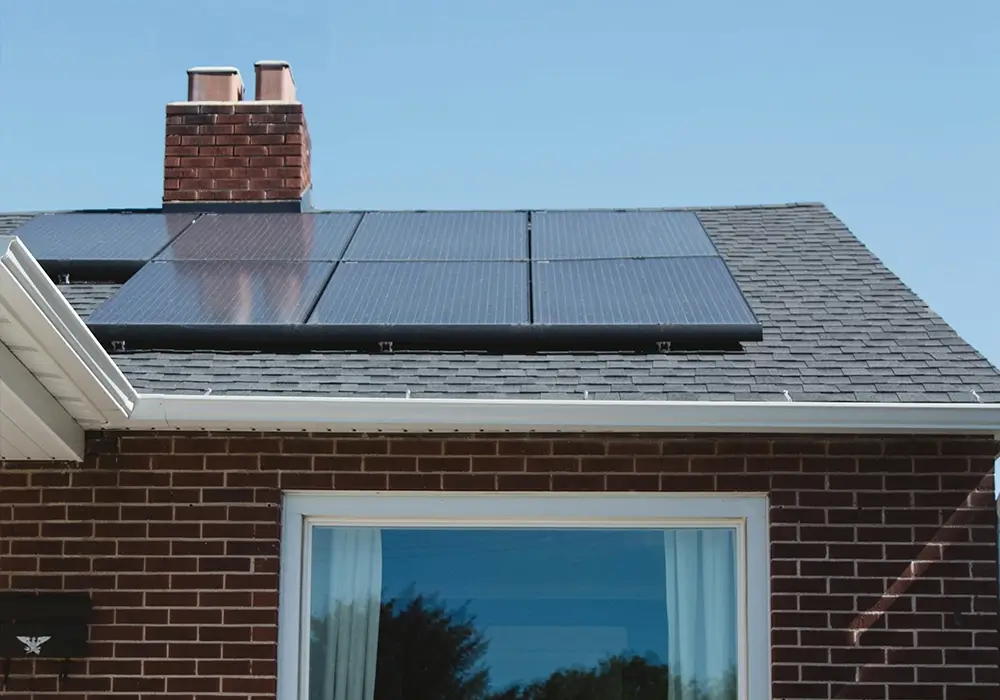If you’ve ever submitted a G98 or G99 application, chances are you’ve come across the term SLD or Schematic Diagram. But what exactly does it mean—and why is it essential for DNO applications?
Let’s break it down.
What Does SLD Stand For?
SLD stands for Single Line Diagram—also known as a Schematic Diagram. It’s a technical drawing that shows how an electrical system is connected using a simplified, one-line representation.
Despite the name, it doesn’t show every wire or circuit—just the key components and their connections.
What’s Included in an SLD?
A typical SLD for a solar PV or battery storage installation includes:
- Solar panels and the array layout
- Inverter(s) and model details
- AC and DC isolators
- Consumer unit or distribution board
- Meter and export limitation device (if applicable)
- Connection point to the grid (e.g. the main supply)
It might also show fuse ratings, cable sizes, and grid connection points—all clearly labelled.
Why Do You Need an SLD for G99 or G98?
Distribution Network Operators (DNOs) require an SLD to:
- Understand how your system connects to the local grid
- Confirm the installation meets technical and safety requirements
- Evaluate export limitation settings and compliance (especially for G100)
In short, the SLD helps the DNO ensure the system won’t impact the wider network.
Who Creates the Schematic?
Usually, a solar installer or designer will create the SLD. But if you’re using a DNO application service like GridConnect, we can produce it for you as part of our G99 Full-Service Package—saving you time and hassle.
Best Practices for an SLD
To keep things smooth, your SLD should be:
- Clear and legible (avoid hand-drawn sketches)
- To scale where possible
- Up-to-date with actual equipment details
- Compliant with your local DNO’s requirements
Need Help With Your SLD?
At GridConnect, we handle the entire application process—including creating SLDs that meet DNO standards. Whether you’re submitting a G99, G98, or just need a clean schematic, we’ve got you covered.
📩 Get in touch today to simplify your next DNO application.

